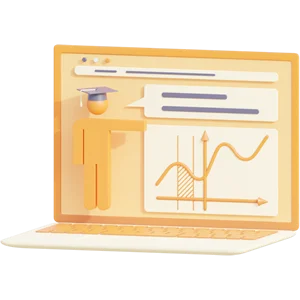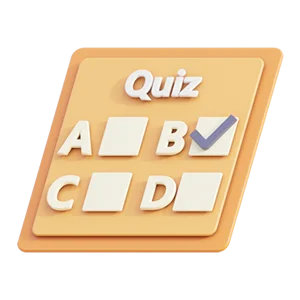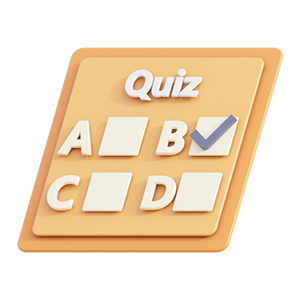Studiebot antwoord
Stel een vraag ›Maak een oefenexamen van de volgende tekst: Summary
Obesity in childhood is the most challenging public health issue in the twenty-first century. Childhood obesity is associated with increased morbidity and premature death. Prevention of obesity in children is a high priority in the current situation. This activity reviews the etiology, pathophysiology, and consequence of childhood obesity and also highlights the role of the interprofessional team in the prevention and management of childhood obesity.
Introduction
Obesity in childhood is the most challenging public health issue in the twenty-first century. It has emerged as a pandemic health problem worldwide. The children who are obese tend to stay obese in adulthood and prone to increased risk for diabetes and cardiac problems at a younger age. Childhood obesity is associated with increased morbidity and premature death.[1] Prevention of obesity in children is a high priority in the current situation.
Epidemiology
The prevalence of childhood obesity has alarmingly increased. The overall burden of obesity has almost tripled since 1975. However, an eightfold increase in obesity burden in the 5 to 19 years age group has been noted between 1975 and 2016.[2] Though childhood obesity is more prevalent in developed countries, the prevalence is increasing even in developing countries.[3] Currently, about 18.5% of US children present with obesity. Among boys, obesity is more prevalent in the school-age group (6 to 11 years), whereas in girls, it is more prevalent in adolescents (12 to 19 years). The prevalence of childhood obesity among boys and girls was not significantly different overall or by age groups.[4]
Definition
The word obesity infers the deposition of excessive fat in the body. Different methods can directly measure body fat like skinfold thickness, hydro densitometry, bioelectrical impedance, and air displacement plethysmography.[5] These methods are not readily available in the clinical setting and are expensive. Body mass index (BMI) provides an economical method to assess body fat indirectly. BMI is measured using a formula [BMI = weight (kg height (m)^2].[6][7] As growth in children varies with age and sex, so do the norms for BMI. The following definitions are used to classify weight status based on BMI for children from 2 to 20 years of age.[8][9]
Overweight 85th to less than the 95th percentile.
Obese (class 1) 95th percentile or greater
Severe (class II) obesity 120% of 95th percentile (99th percentile) or 35 kg/m^2 (whichever is lower)
Class III obesity is a subcategory of severe obesity and is defined as BMI 140 % of 95th percentile or 40 kg/m^2.
The World Health Organization (WHO) recommends using BMI Z-score cut-offs of >1, > 2, and > 3 to define at risk of overweight, overweight, and obesity, respectively.[7] Z-score is measured in terms of standard deviations from the mean.. De oefenexamen moet geschreven zijn in de Nederlandse taal. Onderin staan de antwoorden. Het aantal vragen dat het oefenexamen moet bevatten is 30.
Stel een studievraag en wij proberen hem zo goed mogelijk te beantwoorden.
Stel een vraagEen studievraag stellen?
Stel een studievraag en wij proberen hem zo goed mogelijk te beantwoorden.
Stel een vraag Actie: ontvang 10% korting bij aankoop van 3 of meer items!
Actie: ontvang 10% korting bij aankoop van 3 of meer items!
Actie: ontvang 10% korting bij aankoop van 3 of meer items!







